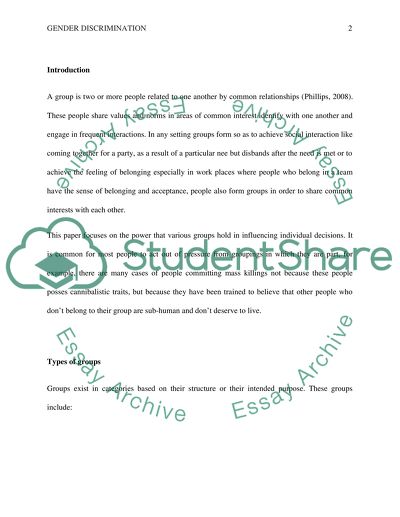Cite this document
(“Group Dynamics and Diversity reflection paper Essay”, n.d.)
Retrieved from https://studentshare.org/psychology/1611458-group-dynamics-and-diversity-reflection-paper
Retrieved from https://studentshare.org/psychology/1611458-group-dynamics-and-diversity-reflection-paper
(Group Dynamics and Diversity Reflection Paper Essay)
https://studentshare.org/psychology/1611458-group-dynamics-and-diversity-reflection-paper.
https://studentshare.org/psychology/1611458-group-dynamics-and-diversity-reflection-paper.
“Group Dynamics and Diversity Reflection Paper Essay”, n.d. https://studentshare.org/psychology/1611458-group-dynamics-and-diversity-reflection-paper.


